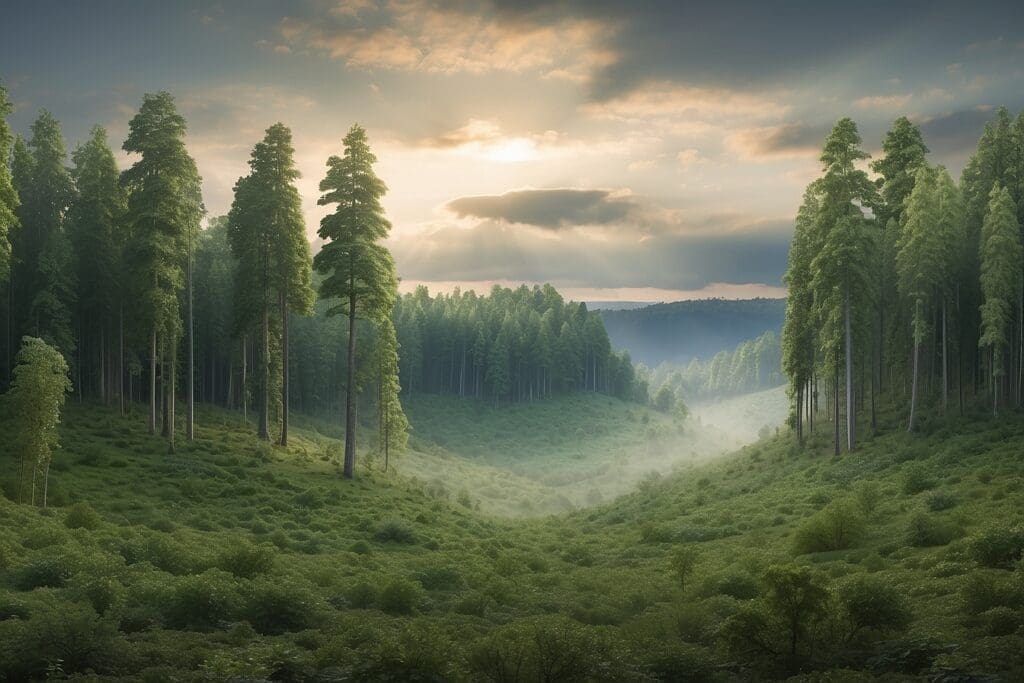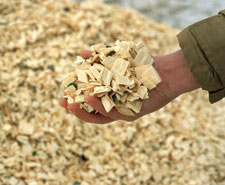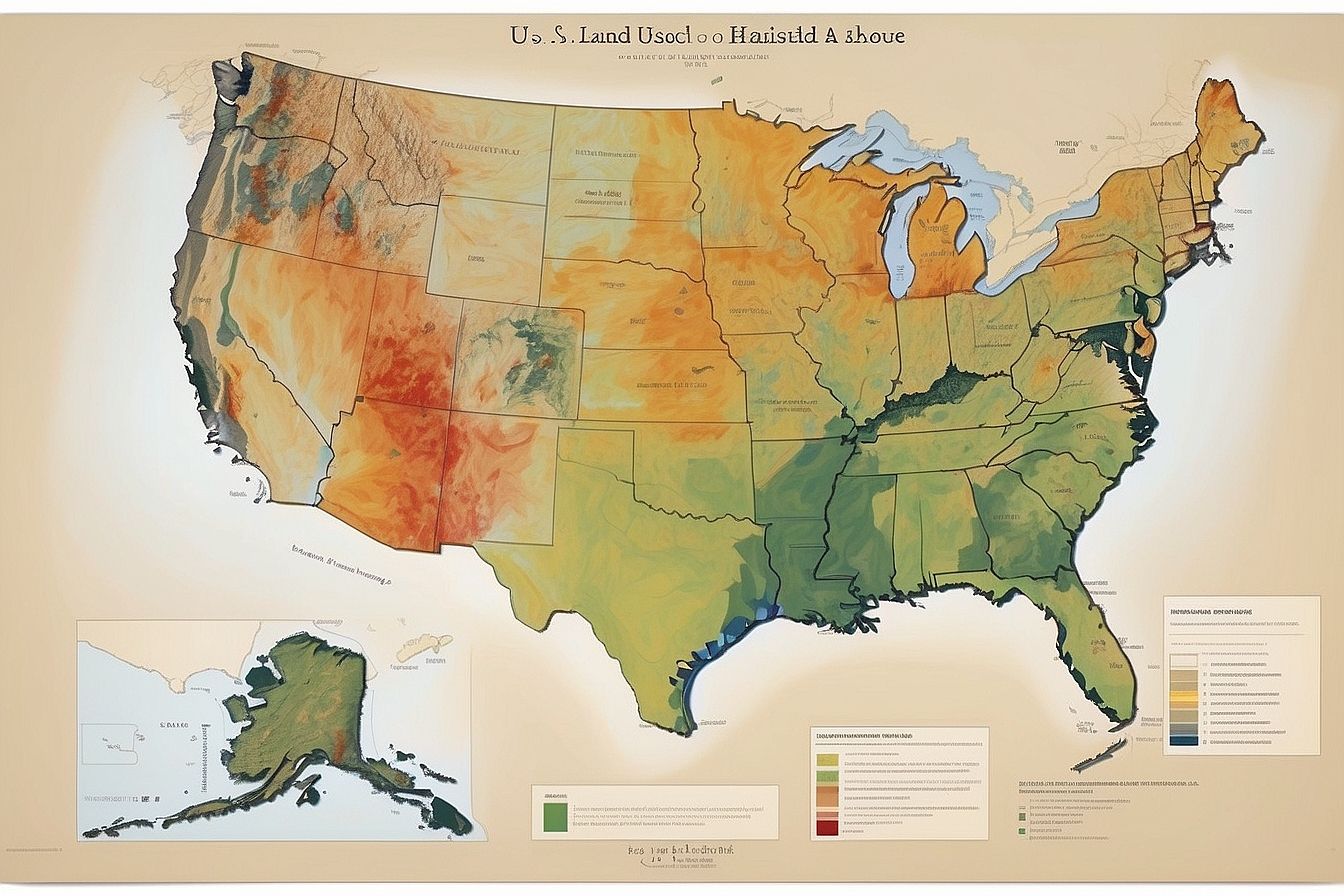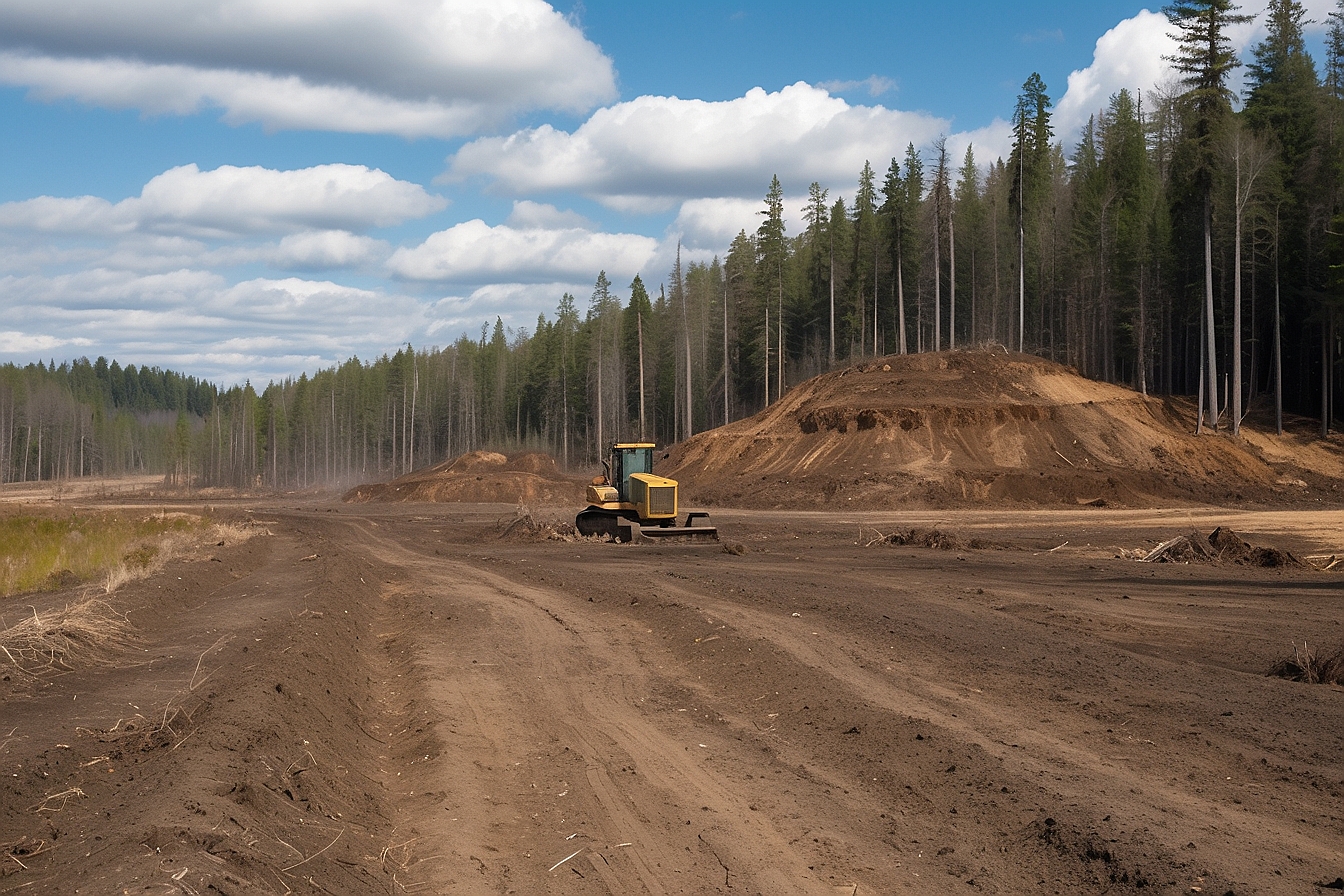Climate change and global warming are hot topics these days, and the public lands and forests owned and managed by the Federal government of the United States are not being overlooked. Federal Agencies such as the Department of Interior (DOI), Department of Energy (DOE), and Department of Agriculture (USDA), among others, are implementing institutional mechanisms with the specific goal of adapting to climate change.1
Recent USDA studies highlight the great potential public lands such as National Forests have in combating climate change by “capturing and storing significant amounts of carbon that would otherwise pollute our atmosphere.”2 Carbon capture and storage (CCS) technology, also called carbon sequestration, “is the process by which carbon dioxide (CO2) is isolated from the emissions stream, compressed, and transported to an injection site where it is stored underground permanently.”3 The DOE’s Office of Fossil Energy has made CCS a key element of its Research, Development and Deployment portfolio.4

New data shows that the U.S. forests currently store 41.4 billion metric tons of carbon. More importantly, each year these forests sequester an additional 192 million metric tons of carbon, which is an 11% offset of the United States’ annual industrial greenhouse gas emissions. This is equivalent to removing almost 135 million passenger vehicles from the nation’s highways!5 Forest Service Chief, Tom Tidwell, acknowledged the role national forests play as a “carbon sink,” but cautioned against over-reliance upon this use of the land.6 This admonition comes because the Forest Service’s mission is based on “multiple-use” management. These multiple uses include timber production, recreation, and more recently, protecting clean water and wildlife, along with other conservation efforts.7 Adding the extra element of carbon sequestration into the mix further complicates an already intricate management system.
To accommodate the increasing interest in carbon sequestration in national forests, the Forest Service has moved towards restoration forestry, rather than the large-scale timber production that has was predominant through much of the 20th century. People also now understand and appreciate the use of low-intensity fires to maintaining forest and ecosystem health, and the forest service uses controlled burns to reduce the risk of catastrophic fires that emit more carbon dioxide into the atmosphere.9 On the other side is the argument that removing many low-lying biomass that often promote large-scale fires, such as shrubbery and small trees, is the mechanism to employ for removing the most carbon from the forest ecosystem. Therefore, a balance must be struck between forest management techniques aimed at reducing the risk of catastrophic wildfires and those aimed at carbon sequestration.
On top of complicating forest management issues, climate change is prolonging droughts and reducing snowpack in the Western United States, which threatens the health of our national forests. Recent studies by UC Davis researchers estimates that snowpack around Lake Tahoe will decline by 40-60% by 2100.10 A 2009 study showed that the death rate for Western old-growth forests—which are generally more resilient and more stable than younger forests—has doubled in the past few decades as temperatures have risen. Additionally, many forests are in danger of bark beetle infestation and diseases.11 With increased fire intensity and frequency, disease, insect infestation, and a general decline in forest health, forests in the Western U.S. actually have the potential to become net emitters of carbon dioxide rather than sources of sequestration.
One of the proposed management solutions is “biomass utilization.” The biomass in this case is wood from the forests that is rotting or otherwise unusable, but can also come from leftover pieces from logging operations of private companies. The benefits include cleaning up forests to reduce fire risks, as well as utilizing the biomass to create energy instead of being left to waste and emit carbon dioxide. An example of biomass utilization put into practice is a biomass power generator, where debris is burned to generate electricity. The benefit of this system is the method of electricity generation—it is ideally carbon-neutral, which means that it emits as much carbon dioxide as was sequestered when the biomass grew, and it prevents carbon-intensive energy generation, like coal or fossil fuel powered plants.12
 13
13
However, there are also some serious costs involved with creating energy from biomass. It is expensive to remove the biomass from forests, transport it power plants, and chip it up into a homogenous mixture. This year, several biomass power plants and projects in the Western U.S. were either closed or canceled due to cost issues.14 Some cited “federal logging restrictions that made it more difficult to get wood from surrounding forests,” but the real issue seems to be the lack of a market for green energy in the U.S. For these power plants to be a viable option, their electricity would need to be the same price, or cheaper, than power from coal and fossil fuel plants, which is not presently realistic due to aforementioned costs and subsidization of fossil fuels.15
Interestingly, biomass utilization IS taking off in Europe, and in a big way, which many attributed to the fact that since 2008, the European Union has required 20% of power to come from renewable sources.16 There is a movement in the U.S. to push the Federal government to set renewable energy requirements, which it is believed would financially justify keeping biomass utilization plants open. The future of biomass is uncertain, but what is certain is that the Forest Service has an important task ahead and must keep adapting its forest management to the climate change that continues to alter our environment.
For more on climate change and global warming: “Global Warming Effects”





